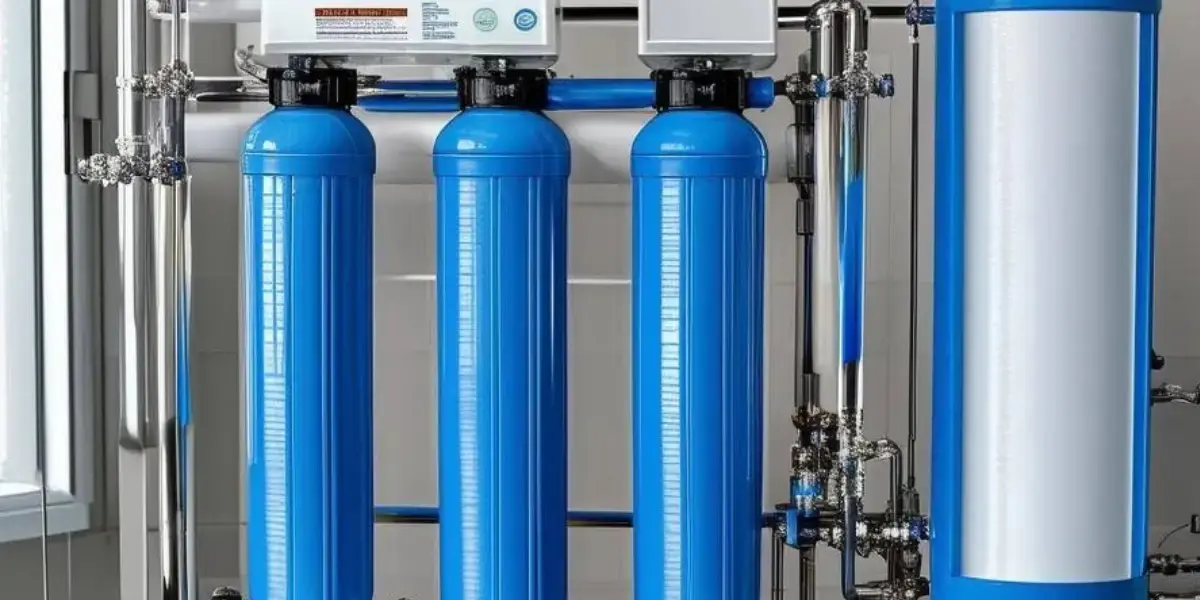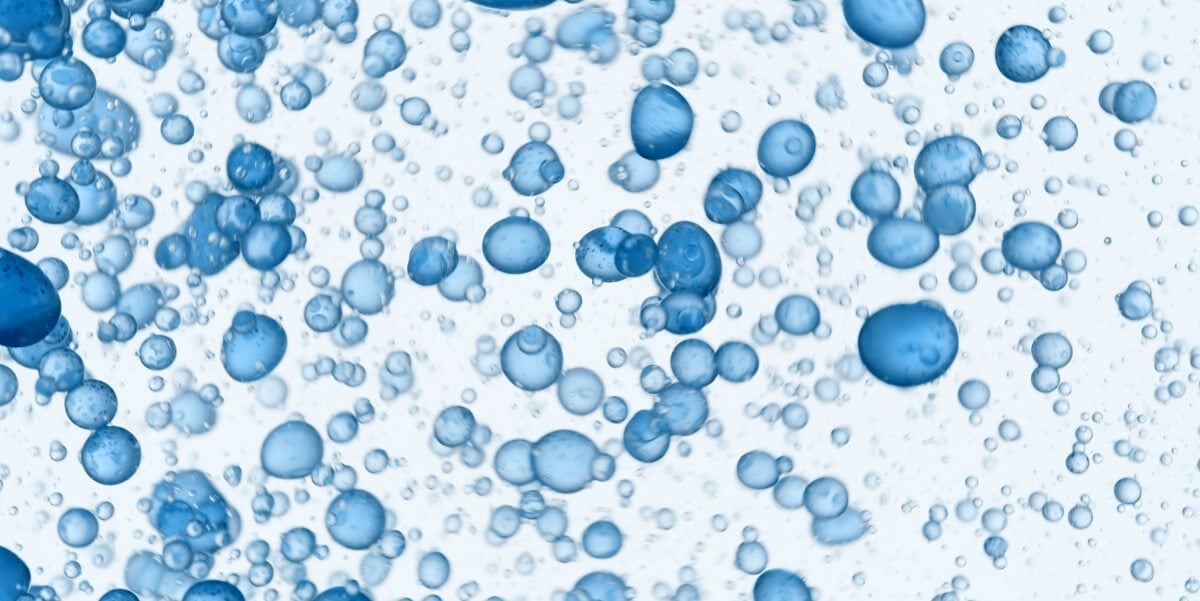4 steps to clean a cold water tank
Legionella and other bacteria that may be present in cold water tanks can be nourished and given a place to live and grow through the build up of sediment, scale, rust and other debris. That’s why they should be inspected regularly and cleaned when necessary.
Here are the four steps for successfully cleaning your potable and non-potable water tanks.
4 steps to clean a cold water tank
STEP 1 - PREPARE
- Cleaning should always be done by suitably trained and competent people with the correct equipment.
- Carry out a Risk Assessment prior to commencing work.
- Communicate with all building users that cleaning work is about to take place (use signs where necessary).
- Photograph the condition of the water tank before commencing work.
- The tank inlet must be isolated, ideally in two places, so that the tank can be drained.
- Any booster pumps associated with the system tank should be isolated according to manufacturer's instructions.
STEP 2 – DRAIN THE TANK
- Empty the tank (into the agreed place, an identified foul drain ideally).
- Take a photo of the empty tank for the Log Book.
- If you need to enter the tank, then two technicians may need to be present if confined space safety rules apply.
STEP 3 - CLEAN THE TANK
During this stage any signs of damage, such as corrosion, scale, flaking, black spotting and issues (like missing rodent screens, cross flow vents etc) should be noted, remedial action should be taken and recorded.
Manual cleaning can then take place, including:
- Scraping all internal surfaces
- Vacuuming the floors and walls with a wet vac.
- Removing all visible scale, dirt and debris
- Sponging surfaces down with a recommended 10% liquid chlorine solution
Where necessary (and appropriate) full chemical disinfection should take place next. Details of this process can be found here, but we summarise the main steps below:
- Chemical disinfection should be carried out after cleaning by chlorinating the water in the tank to the specified concentration in mg/litre (ppm) of free residual chlorine
- Once the required level of chlorine is achieved and maintained, the outlet of the tank may be opened to allow chlorinated water to flow around the system
- Chlorinated water needs to flow to all outlets and should be checked by a technician by successively opening taps and showers.
- Ensure that 50PPM is achieved at all sentinels for 60 minutes or as agreed in the method statement.
STEP 4 – RECOMMISSION AND REFILL THE TANK
- After the required contact time (also known as ‘kill time’) has elapsed, chlorinated water must be neutralised using Sodium Thiosulphate or flushed thoroughly with fresh water.
- The entire system should be flushed until the free chlorine in the water emerging from each outlet is equal to that of the incoming main.
- Refill tank and reinstate the booster/circulating pumps as per manufacturer’s instructions
- When you’ve finished you should photograph the condition of the water for the log book
- You should also complete a disinfection label for each tank, adding details to the old sticker or placing over the previous one.
Cleaning and disinfecting your cold water tanks is an intrinsic part of a good water hygiene regime, helping to prevent conditions emerging where Legionella Bacteria may thrive.
But requirements for testing and inspection differ if the tank contains potable or non-potable water.
How often do we need to inspect and clean cold water tanks?
The Health and Safety Executive's HSG274 guidelines and code of practice (ACOP L8) state that water tanks should be inspected at least once a year, or more often if contamination is found:
- Internal inspection for signs of debris and possible contamination should be undertaken every 6 months for potable water and annually for non-potable water.
- The temperature of the tank should be recorded at least once a year (from both the inlet and outlet).
- Microbiological samples should be taken every 6 months for tanks feeding drinking water supplies.
Ensuring water tanks remain free of scale and other debris is part of good water hygiene practice. But undertaking the process itself can be challenging. Hiring professionals with the right equipment and experience will mean each of the four steps are followed effectively and bring you peace of mind that your regulatory obligations are being properly fulfilled.
Topics: Water Treatment & Hygiene

Written by Jon Greaves
Jon has progressively worked through operational roles, account management, technical management, and senior management roles over the last 16 years within one of the group companies before moving into the role of Water and Air Managing Director. Jon has experience across multiple sectors of water and air compliance, including district energy networks; data centres; healthcare; food and beverage and facilities management. Jon acted as a corresponding steering committee member on CIBSE CP1 – Heat Networks Code of Practice for the UK released in 2020.


